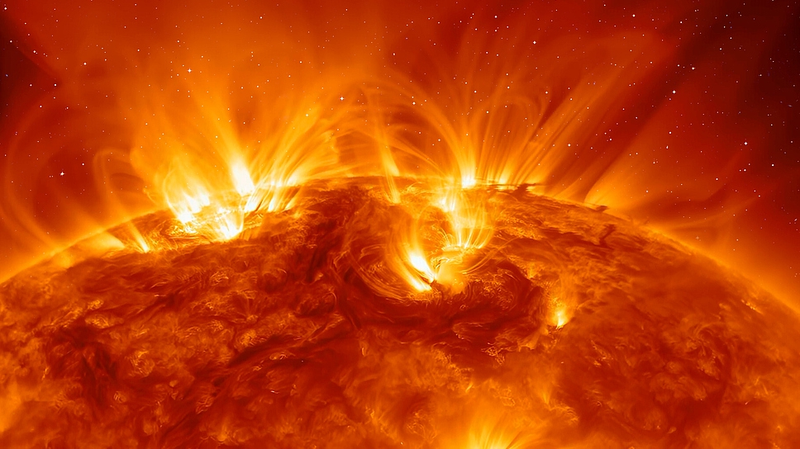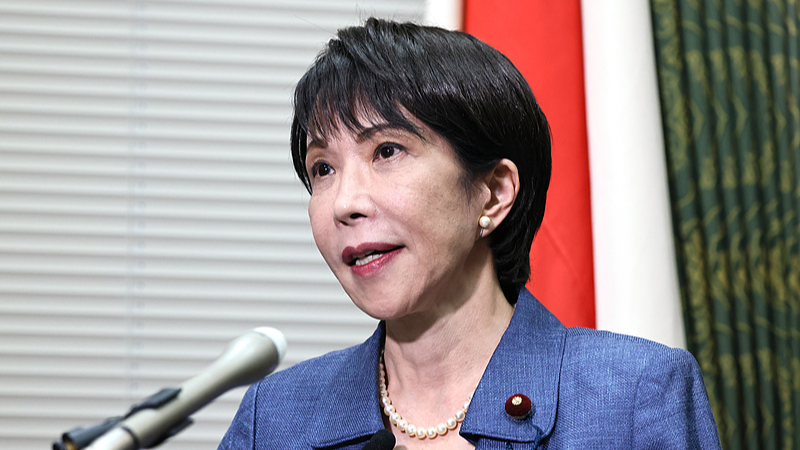What Happened?
On May 31 at about 7:45 a.m., the sun emitted a moderate M8.1 solar flare from active region 14100. Soft X-ray intensity peaked at 8:05 a.m., according to China's National Space Weather Monitoring and Early Warning Center.
Why It Matters
The flare was coupled with a coronal mass ejection that hurled high-speed plasma outward. Because it came from a region facing Earth directly, our planet is set to experience geomagnetic storms over the next three days. These storms can disrupt satellite communications, spacecraft operations and GPS accuracy.
For the general public, the most dazzling outcome will be vivid auroras lighting up high-latitude skies. Experts stress that these space weather events pose no threat to human health.
Real-World Impact
Satellite operators and navigation services may see temporary glitches. Pigeon racing enthusiasts are advised to postpone releases to avoid disoriented birds. Meanwhile, travelers chasing northern lights and digital nomads in polar regions stand to catch a front-row seat to nature's celestial spectacle.
Looking Ahead
We are in the peak phase of Solar Cycle 25, which began in 2019. With heightened activity expected through 2024 and 2025, more flares and geomagnetic storms are on the horizon—natural phenomena that remind us of our dynamic connection to the sun.
Reference(s):
Geomagnetic storms likely after solar flare, no threat to health
cgtn.com

